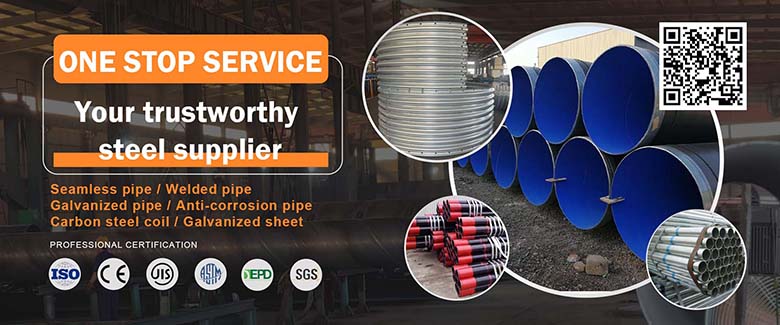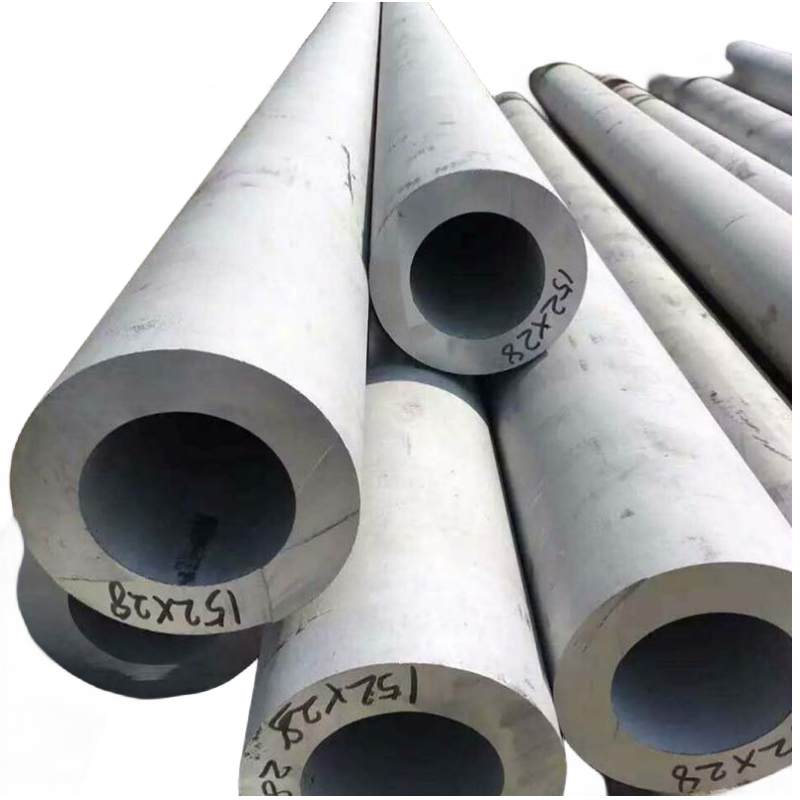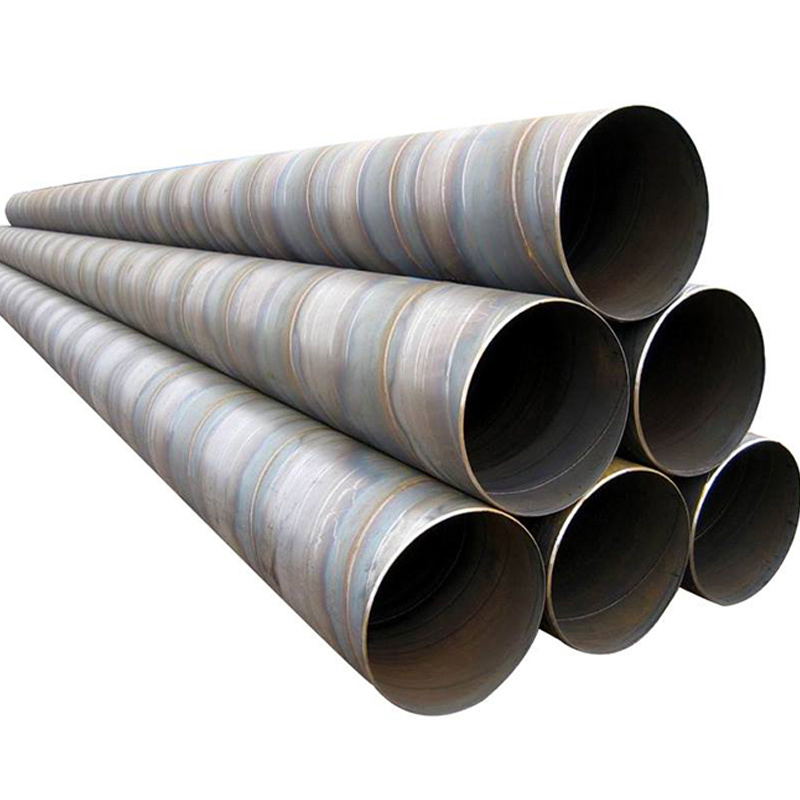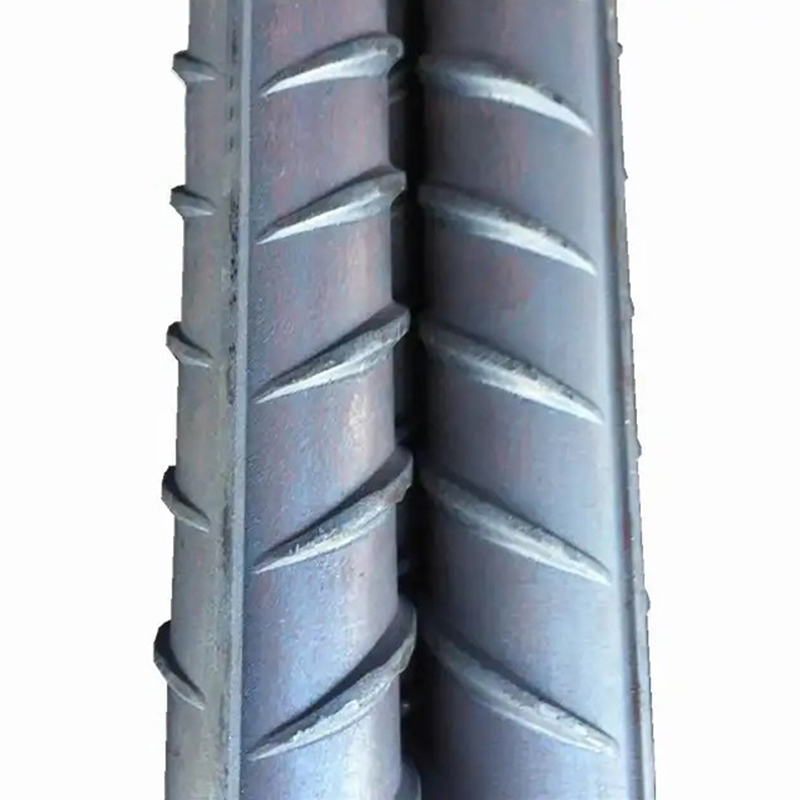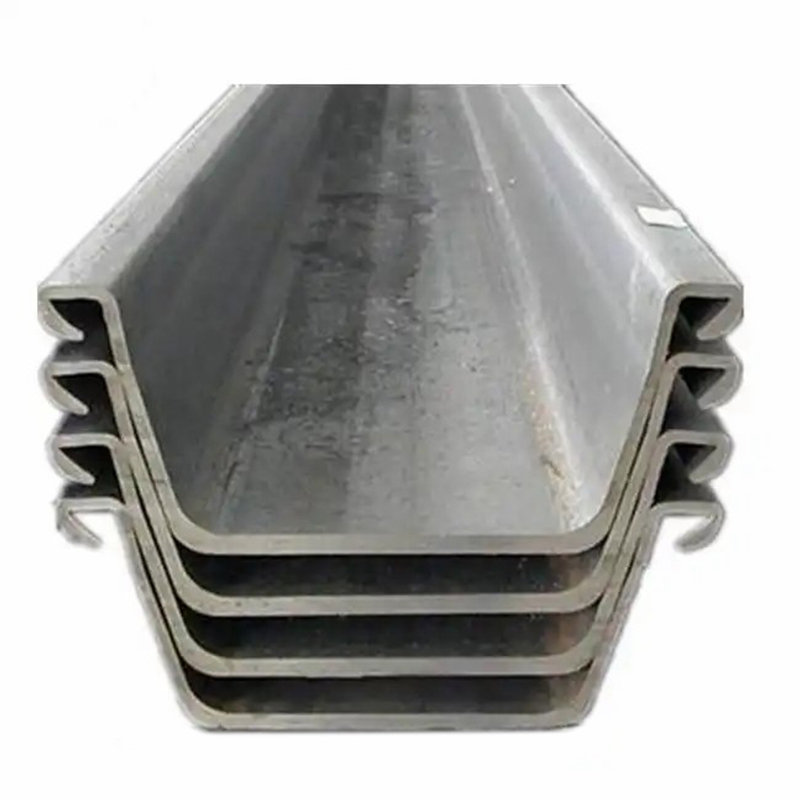Duplex Stainless Steel: An Exceptional Engineering Material Choice
In modern industrial applications, duplex stainless steel (DSS) has become an ideal material for numerous demanding environments due to its unique dual-phase microstructure and outstanding comprehensive properties. Composed of approximately equal parts ferritic and austenitic phases, this microstructure enables it to simultaneously possess the strength of ferritic stainless steel and the toughness and corrosion resistance of austenitic stainless steel.

Why Choose Duplex Stainless Steel?
High Strength and Excellent Toughness
Duplex stainless steel exhibits significantly higher yield strength than conventional austenitic stainless steel while maintaining good plasticity and impact toughness. This property allows for thinner wall thicknesses in equipment designs such as storage tanks and pressure vessels, effectively reducing material costs and structural weight.
Superior Corrosion Resistance
Duplex stainless steel demonstrates exceptional resistance to stress corrosion cracking in corrosive media containing chlorides. Its resistance to pitting and crevice corrosion also surpasses that of common austenitic grades like 304 and 316. Super duplex grades can even replace high-alloy materials in demanding environments such as acetic acid and formic acid.
Excellent Formability and Weldability
Compared to ferritic stainless steels, duplex stainless steel offers superior cold forming and weldability. Typically requiring no preheating before welding and no post-weld heat treatment, it significantly simplifies manufacturing processes.
Broad Application Adaptability
With a linear expansion coefficient close to carbon steel, duplex stainless steel is suitable for composite structures combining carbon steel and stainless steel, such as composite plates or lined equipment, offering significant engineering value.
Classification and Typical Grades of Duplex Stainless Steel
Based on alloy composition and corrosion resistance, duplex stainless steel can be categorized as follows:
Economical Duplex Grades (e.g., S32304)
Molybdenum-free with a PREN value of approximately 24-25, suitable for replacing 304 or 316 stainless steel in stress corrosion environments.
Standard duplex steel (e.g., S31803/S32205)
Contains approximately 22% chromium, 5% nickel, 3% molybdenum, and nitrogen, with a PREN value of 32-33. Its corrosion resistance falls between 316L and 6% molybdenum austenitic stainless steel, making it the most widely used grade.
High-Alloy and Super Duplex Steels (e.g., S32750)
Containing over 25% chromium, high molybdenum, and nitrogen, with a PREN value exceeding 40. Suitable for highly corrosive environments, their performance rivals that of super austenitic stainless steels.
Typical Application Fields
Due to its outstanding properties, duplex stainless steel is widely used in the following industries:
Oil and Gas
Used in subsea pipelines, downhole equipment, process piping, and pressure vessels to withstand high temperatures, pressures, and chloride-rich corrosion.
Chemical and Petrochemical
Suitable for reactors, heat exchangers, storage tanks, and other equipment, demonstrating exceptional performance in chloride-containing and acidic media.
Paper and Environmental Protection
Employed in pulp cooking equipment, flue gas desulfurization systems, and wastewater treatment units, offering resistance to wear and corrosion fatigue.
Energy and Offshore Engineering
Provides long-term corrosion protection in seawater desalination plants, offshore platforms, and biofuel processing facilities.
Construction and Infrastructure
Used in bridges, roofing structures, and decorative projects—such as Singapore's Helix Bridge and Doha Airport's roof—balancing aesthetics with durability.
Conclusion
With its high strength, excellent corrosion resistance, and favorable cost-effectiveness, duplex stainless steel is increasingly becoming the material of choice across a growing number of industrial sectors. Whether in traditional chemical and energy industries or in emerging fields like environmental protection and marine engineering, duplex stainless steel demonstrates remarkable adaptability and reliability.
As a specialized steel trading company, we offer a diverse range of duplex stainless steel grades and provide material selection and technical support tailored to your specific requirements. Contact us today to discover the optimal material solutions for your projects!
